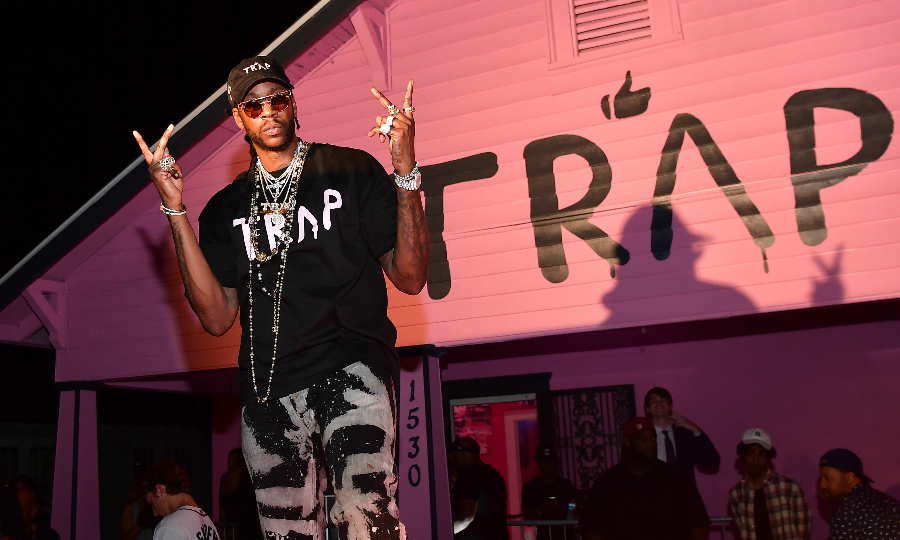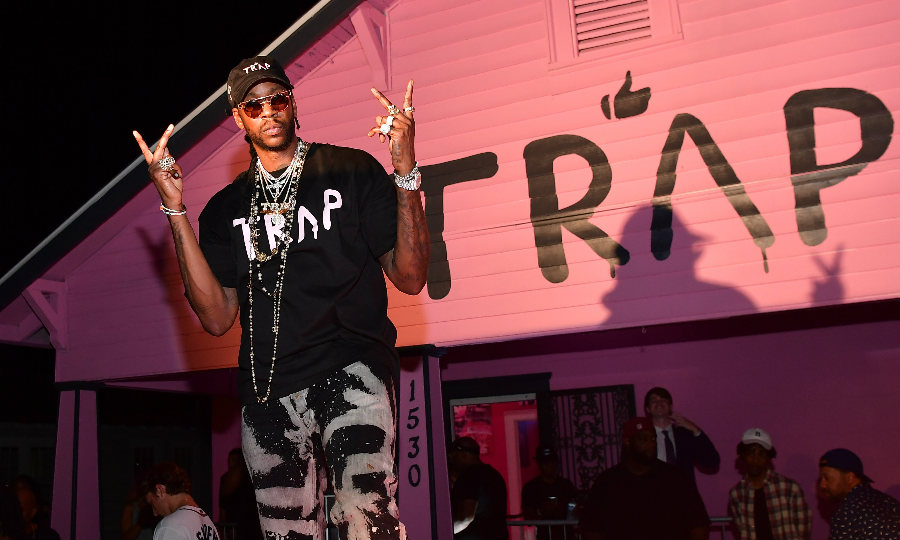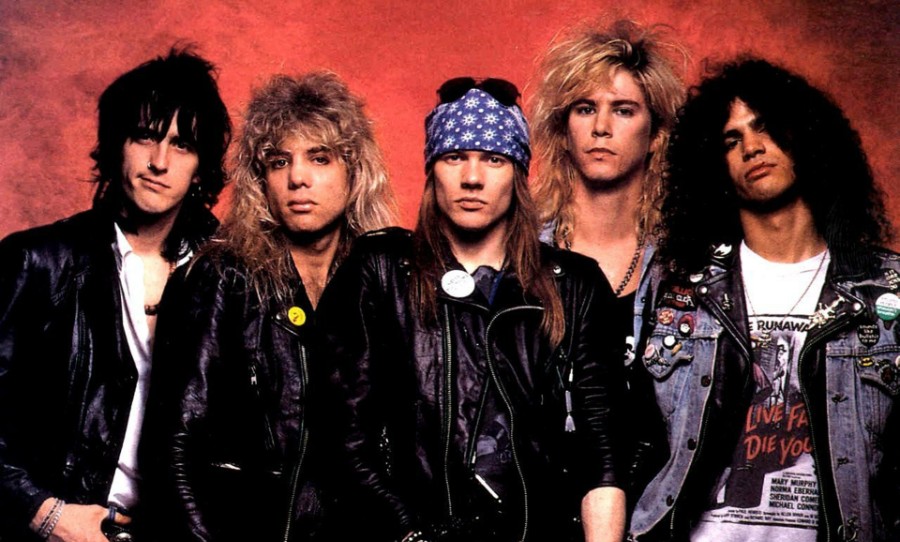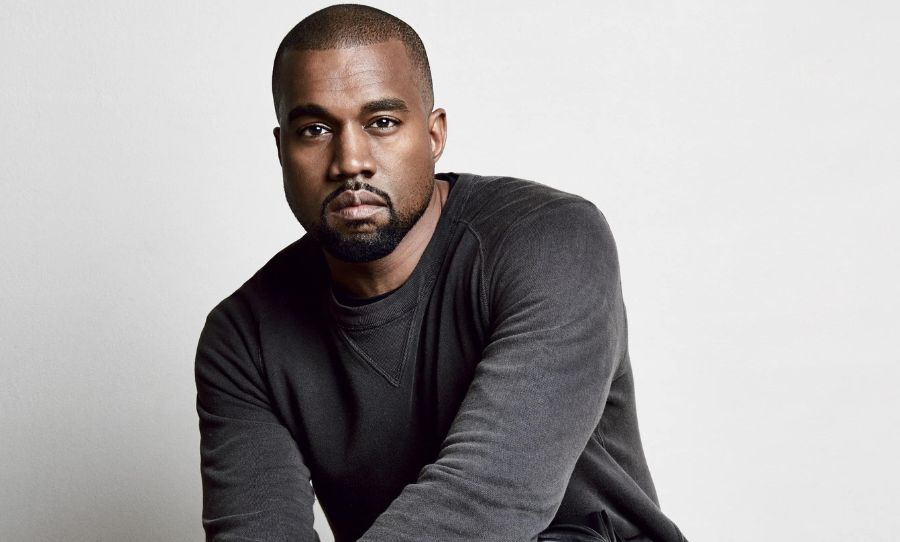It’s no secret that trap music has taken the world by storm. Trap artists are frequently headlining the biggest festivals in the world, selling out tours, and yes, dominating youth culture. It’s time we catch up with the times.
Hip hop has finally found its medium with streaming. Rock perfected it with the LP in the 1960s. Punk evolved it with the 7″. Now trap has blasted off with the stream. Thanks to the domination of EDM in the early 2000s, rappers naturally jumped on the staccato beats and stuttered rhythms to develop the 808 bass and snare rolls on every sixteenth. From Flosstradamus to RL Grime, from Kill The Noise to Waka Flocka Flame, it’s a natural progression at its finest, though few could have foreseen the sweeping domination it would have over rap in totality.
Gone is the golden age of hip-hop, this is the rise of Atlanta trap music.
Sprung from the southern rap scene in the 1990s, Atlanta has always been on the cutting edge. Behold the rise to prominence of trap music.
The birthplace of trap
Chances are you’ve heard trap music. If you’ve turned on a youth radio station or heard anything by Young Thug then you are familiar with the phenomenon.
Trap music is a distinct style of hip-hop that spawned as an offshoot from the southern rap scene in the ’90s. You’ll know a trap track by the signature beat style – stuttering kick drums, an emphasis on sixteenth notes, hi-hats, 808s, and plenty of synths.
Trap took its root in Atlanta many years ago with artists like Ghetto Mafia and Dungeon Family first being attributed with the term. Atlanta’s Clifford Harris, better known as T.I., brought the genre into mainstream consciousness with his 2003 album Trap Muzik, a veritable tsunami of artists quickly followed.
“Whenever you make something that just moves the cultural needle, then the masses will find it,” confirms Christopher Hicks, City of Atlanta’s Office fo Film and Entertainment.
Like all underground movements that generate enough swell, they eventually bleed into pop culture. Trap music has taken over the charts with Atlanta trio Migos and rapper Future both topping Billboard’s ranks. More Atlanta-based acts like 21 Savage, 2 Chainz, Young Thug and Lil Yachty – who was accused by Skegss of stealing their album art – are selling out tours, covering the radio, and raking in the millions.
Youth continue to embrace the sound “because they know it’s coming from the originators,” says renowned manager Pap Kola. “The trap taught us how to infiltrate the industry from the streets. The tales we told of our traps embodied doing what you have to do to make a way out of no way.”
Like music to capitalism’s ears, in no time before the industry turned this sonic identity into a profitable behemoth. But despite being a hip hop pedigree that eternally bolsters its international appeal, it is frequently low shafted by outsiders.
Today the anatomy of trap is all about the drums. Largely predicated upon the Roland TR-808 for bass lines and drum snatches. In fact, it’s very common in trap to call those long, sustained bass notes simply 808s. The bass will then be side-chained to the kick to give it even more space.
The snare typically falls on the third beat of every bar with the fourth bar given flair with a quick burst of successive sixteenth notes. This is the most easily identifiable and widespread badge of trap.
Traplanta’s second coming
After trap had grown too big for its roots in Atlanta it had to adapt or perish. What was once a genre defined by a hard attitude and underground culture, it began to morph with EDM music.
The ‘new trap music movement’, or EDM Trap, subsumed aspects of techno, dub, and dutch house incorporated with the aesthetic of the original Roland TR-808 drum machine that defined its predecessors.
This high profile sampling attracted the likes of Drake and Donald Glover, highlighted in his celebrated FX show Atlanta, earning him record ratings and Golden Globes upon the release of its debut season.
In the steady stream of mainstream supremacy that followed, Migos topped the Billboard Hot 100 with Bad and Boujee, while the group’s album, C U L T U R E, debuted at No. 1 on the Billboard 200 album chart. Plus, Future became the first solo artist in history to release two albums that debuted at No. 1 on the Billboard 200 in back-to-back weeks.
In 2013 Tomorrowland festival featured its first-ever ‘Trap Stage’, while five trap producers performed at the Ultra Music Festival. In 2015, newcomer Fetty Wap conquered the charts with his hit single Trap Queen, peaking at No.2 on the Billboard charts. Fetty followed up with My Way which cracked the Top 20.
With the world supremacy of trap we witness the decline of its cousin, crunk, which gave birth to it all those years ago in the heart of Atlanta. Even the city itself has capitalised on its cool commodity by leveraging hip hop’s hustle to benefit tourism. ChooseATL, the branding campaign launched by the Metro Atlanta Chamber of Commerce, uses the city’s hip hop swagger to market Atlanta as a leading destination for tech-savvy millennials and entrepreneurs.
Adversely the corporate community are keeping their distance from many of the culture’s biggest artists.
“People are scared of the young black creative”, says Wil May, founder of Atlanta company #COOL. “That’s really frightening to America’s way of doing business.”
Nonetheless, the broad fascination with trap music remains under the microscope with 2015 web-series Noisey: Atlanta taking an upper middle class, safari approach to exposing Traplanta. Even Waka Flocka Flame took to Twitter to voice his disdain: “Noisey I really feel like y’all exploitin the bad and the good in Atlanta #NotF******Kool #atall!!!!!!”
For the time being trap is certainly perched atop the throne of popular music. If you don’t understand it you’re probably just old. If you don’t like it you might be even older. But one thing’s for sure Traplanta will remain the cultural hub, with a finger firmly on the pulse of trap.



